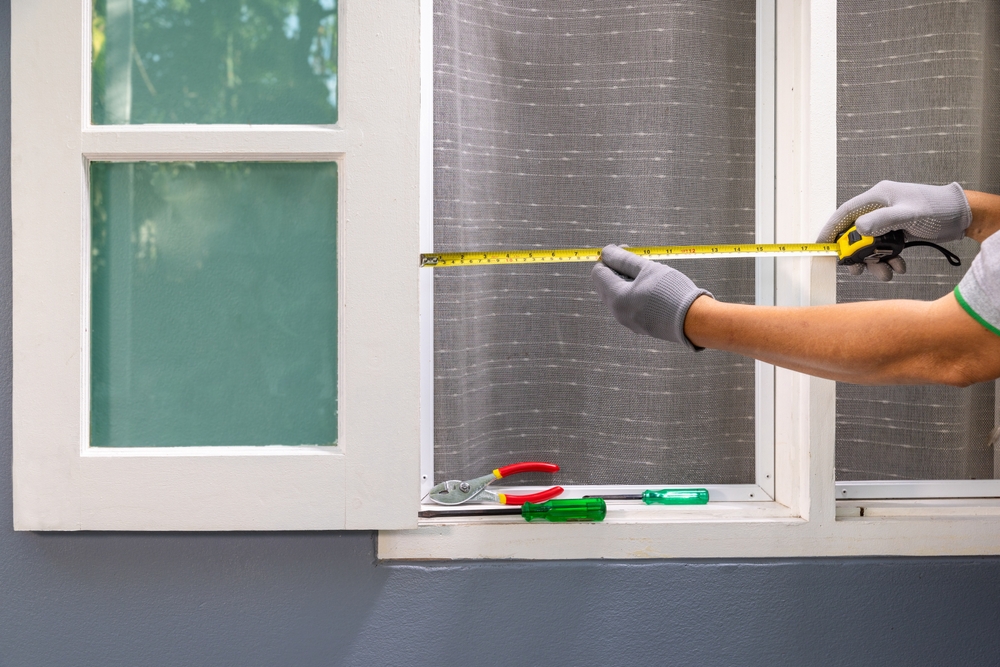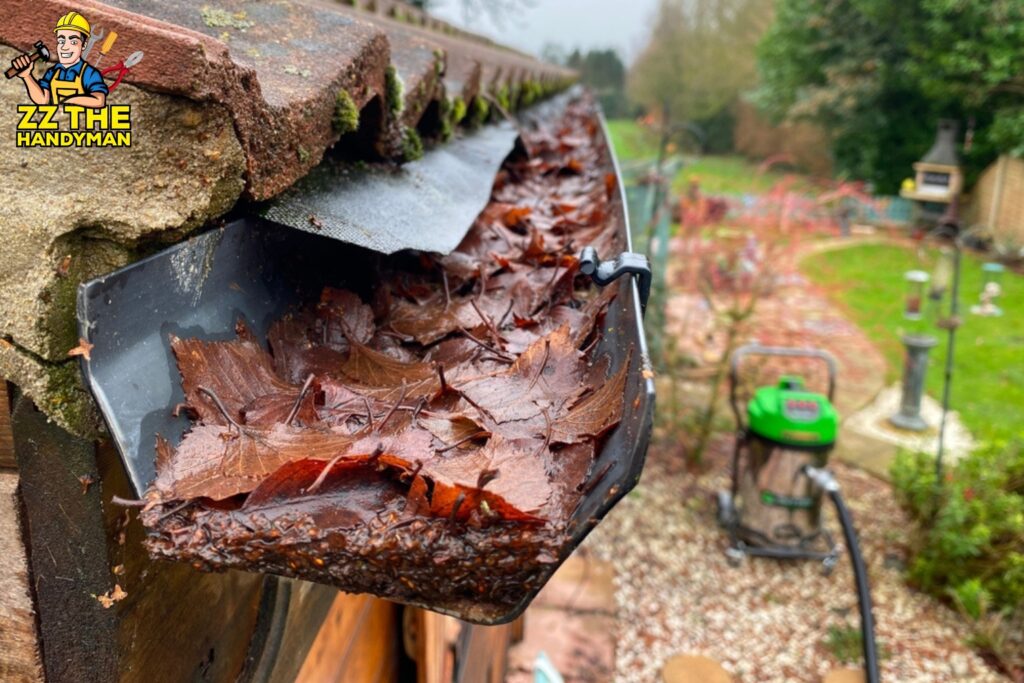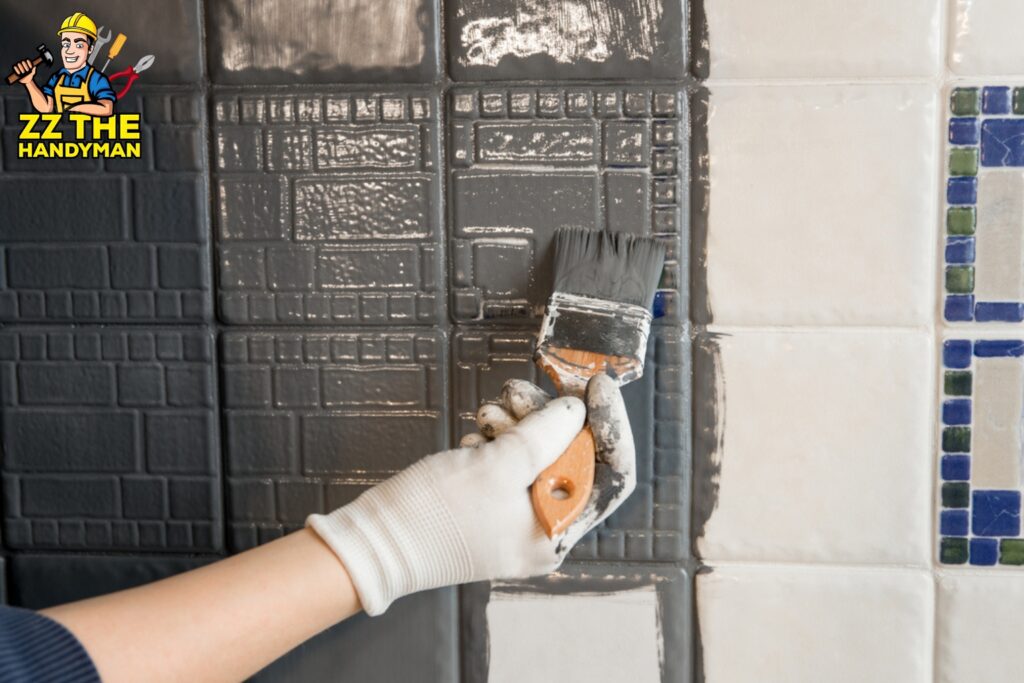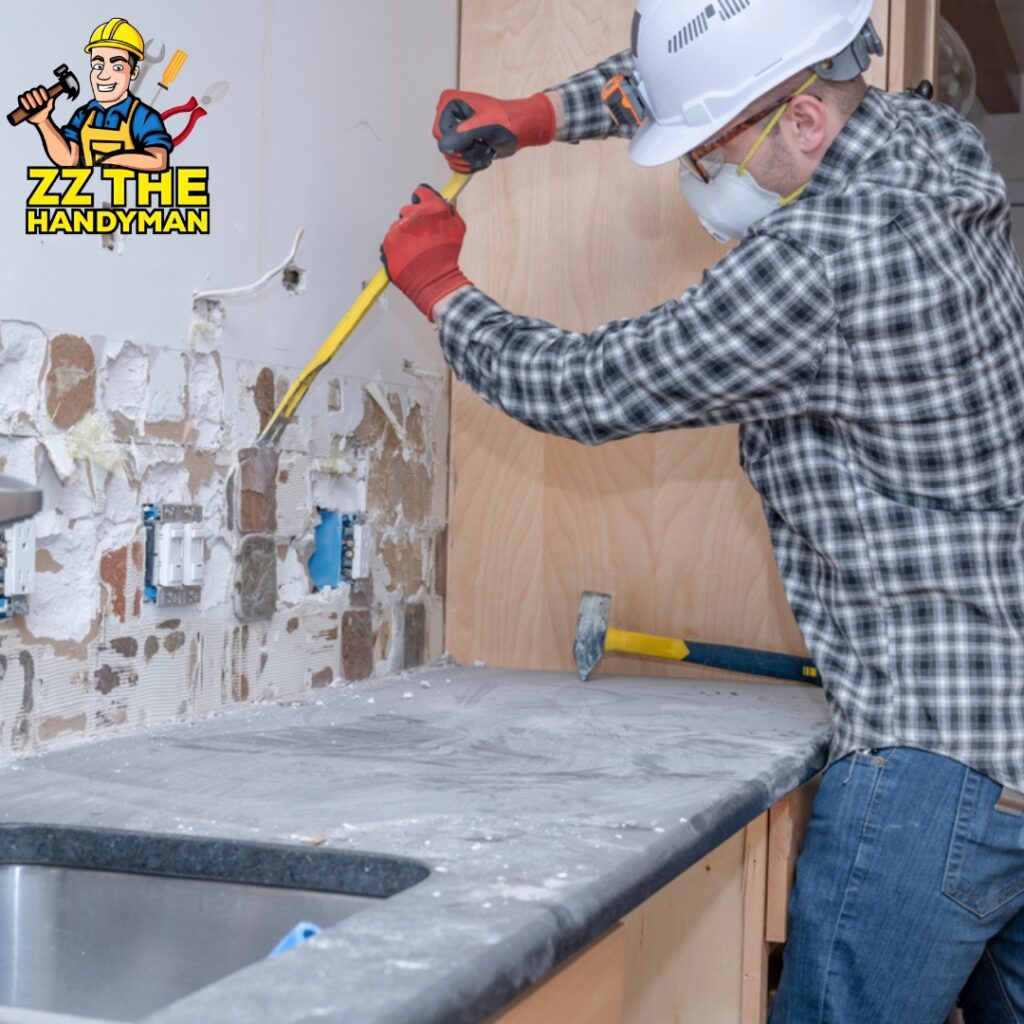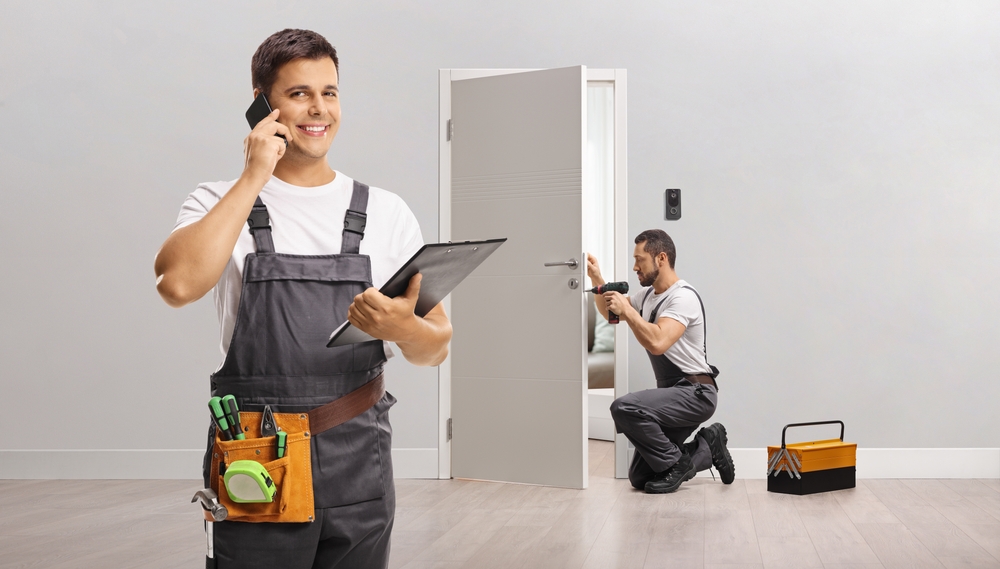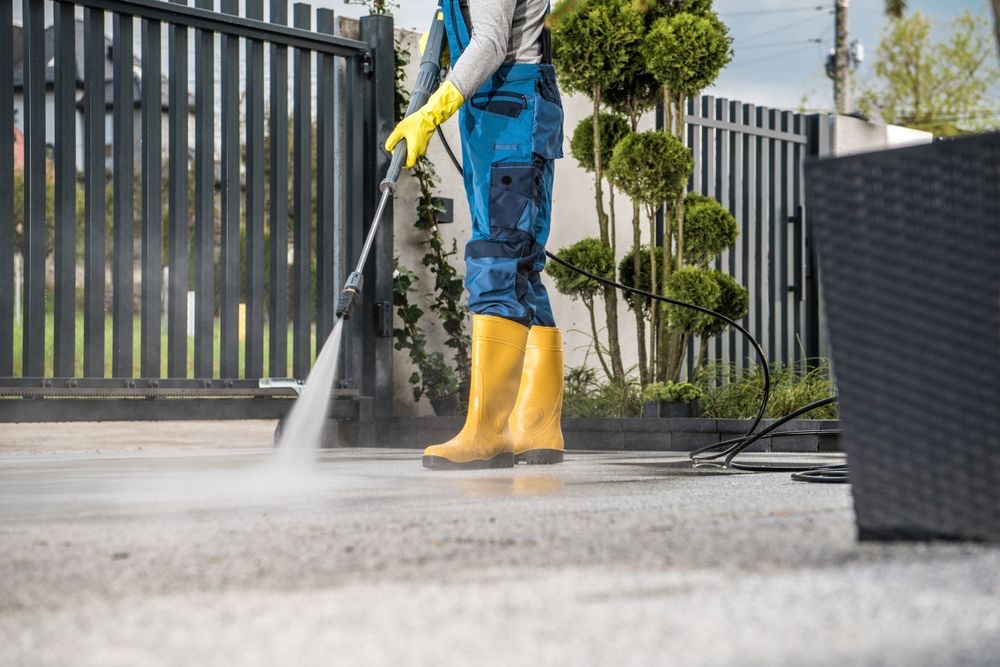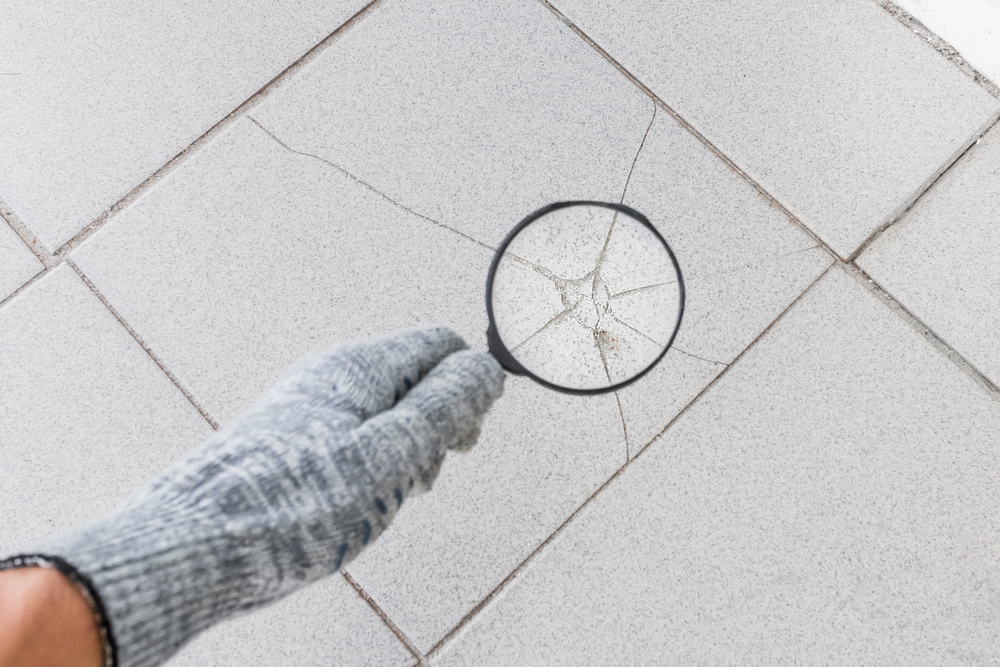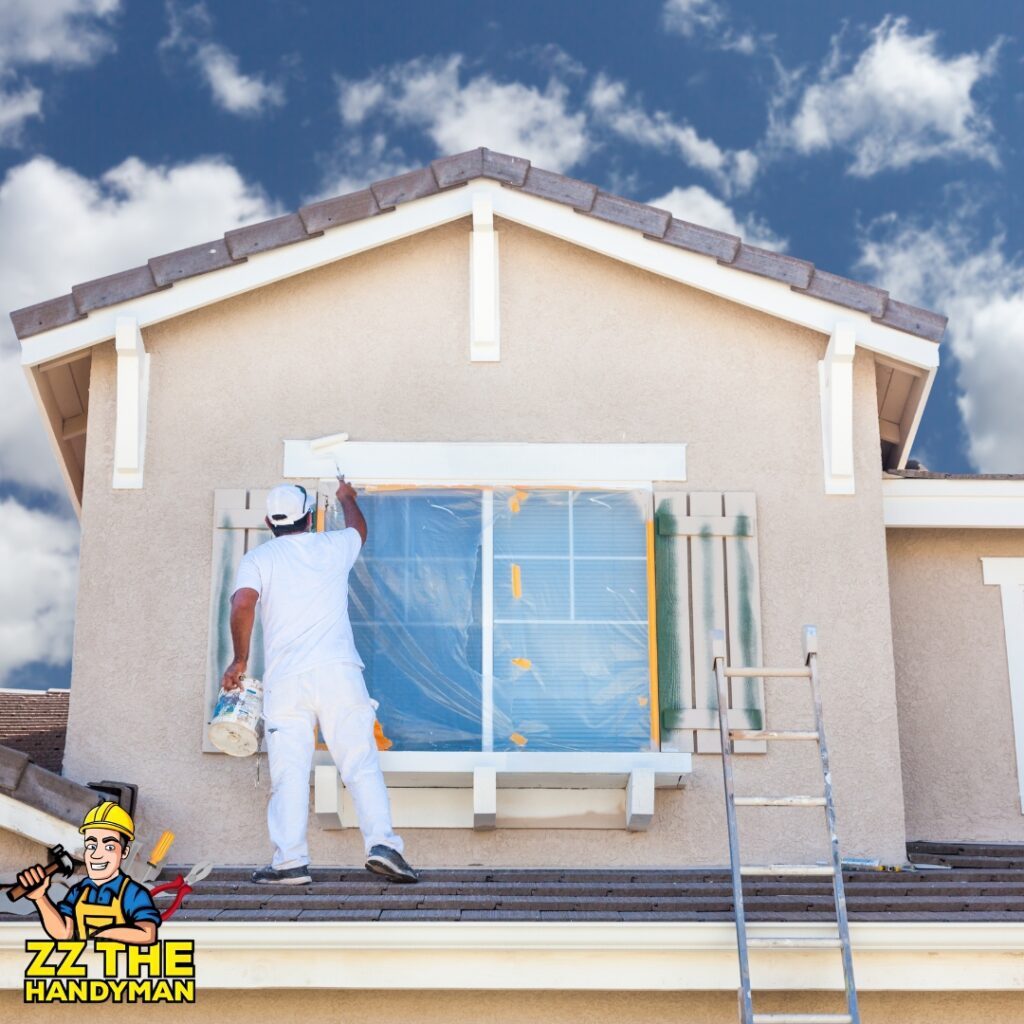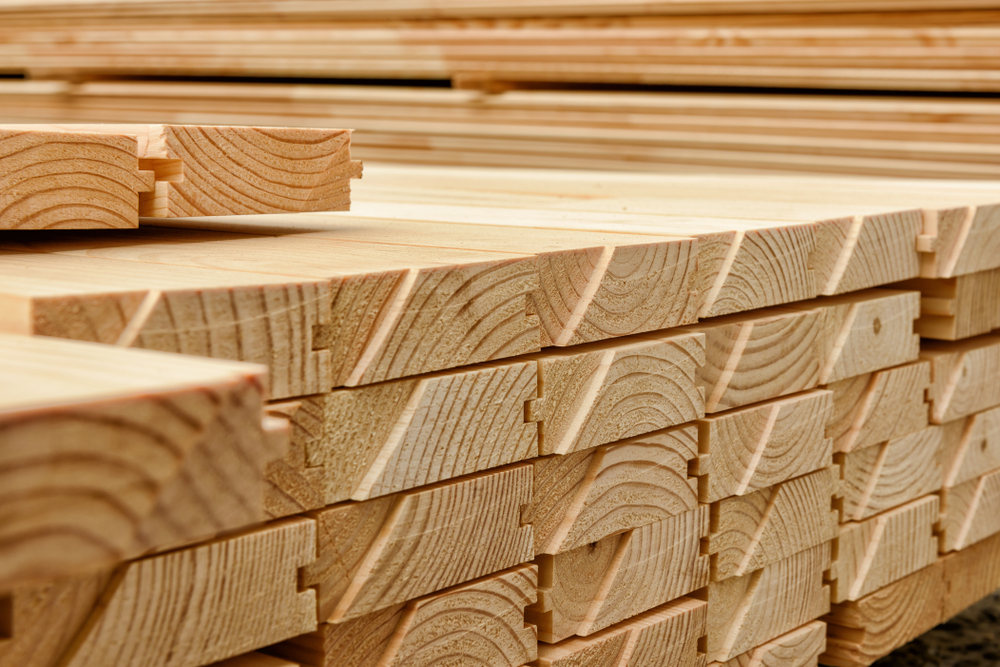Standard Sliding Glass Door Sizes: A Guide to Finding the Ideal Patio Door
Sliding glass doors are one of the most versatile and stylish home features. They provide natural light, create a seamless connection between indoor and outdoor spaces, and are an excellent way to make any room feel larger. However, before selecting a beautiful patio door, it’s essential to understand the standard sizes of sliding glass doors so that you can choose the right fit for your home. Whether you’re upgrading your patio entrance, adding a new deck door, or replacing an older sliding door, this guide from ZZ the HANDYMAN will help you navigate standard sizes, customization options, and what to consider before installing your ideal sliding glass door. Why Sliding Glass Doors Are So Popular Sliding glass doors are a staple in modern home design for good reason. Not only do they offer aesthetic appeal, but they also provide functionality and energy efficiency. Here are a few reasons homeowners love them: Understanding Standard Sliding Glass Door Sizes One of the first things you’ll notice when shopping for a sliding glass door is that most come in standard sizes. These pre-set dimensions are designed to fit most homes, making installation easier and more cost-effective. Common Widths and Heights Sliding glass doors typically come in widths ranging from 60 inches to 144 inches (5 to 12 feet) and heights of 80 inches, 82 inches, and 96 inches (6’8”, 6’10”, and 8 feet). Here’s a simple table to help you understand the most common configurations: Door Panel Configuration Total Width Height 2-panel sliding door 60″, 72″, 96″ 80″, 82″, 96″ 3-panel sliding door 108″, 144″ 80″, 82″, 96″ 4-panel sliding door 144″ 80″, 82″, 96″ Breakdown: How to Measure Your Door Frame for the Right Size Choosing the correct sliding glass door size starts with precise measurements. If you’re not comfortable measuring or installing doors yourself, hiring a professional like ZZ the HANDYMAN ensures a perfect fit. Here’s a step-by-step guide if you want to measure on your own: ○ Measure from one side of the frame to the other at the top, middle, and bottom. ○ Use the smallest measurement to ensure a snug fit. ○ Measure from the top of the opening to the floor at the left, middle, and right. ○ Again, use the smallest measurement. ○ Measure the thickness of your wall to ensure the door frame fits properly. ○ Make sure there’s enough wall space for the sliding door tracks and handles. Pro Tip: If your measurements don’t match standard sizes, don’t worry—custom sliding doors are an option, and ZZ the HANDYMAN can help with that. Custom Sliding Glass Doors: When Standard Sizes Won’t Work Not all homes are built the same, and some spaces require custom sliding glass doors. Custom doors are ideal for:● Older homes with non-standard frame sizes ● Modern homes with extra-tall ceilings or wide walls ● Unique architectural designs ● Homeowners looking for something more luxurious or visually striking Custom doors can be designed to any size, style, or material, but they’re generally more expensive than standard options. If you’re considering this route, ZZ the HANDYMAN recommends getting a professional consultation to ensure your investment is worth it. Material Options and How They Affect Size Sliding glass doors come in various frame materials, each affecting the overall size, durability, and price. Glass Types: Choosing the Right Panel for Your Door The type of glass you choose will also affect your door’s overall feel and performance: Design Features That Impact Door Size Sliding glass doors aren’t just functional—they’re a design element. Consider these features when deciding on a size: Hardware Choices: Handles and locks come in various sizes and can impact your door’s overall width clearance. Choosing the Right Size for Your Space When selecting the perfect sliding glass door, think about: 5. Energy Efficiency: Larger doors can let in more air, so choose doors with high energy efficiency ratings. Installation Tips from ZZ the HANDYMAN A sliding glass door is a long-term investment, so proper installation is crucial. Here’s what ZZ the HANDYMAN recommends: When to Replace Your Sliding Glass Door If your existing sliding glass door is drafty, hard to slide, or shows signs of damage, it may be time for an upgrade. Here are some telltale signs: A new sliding door not only improves your home’s functionality but also boosts curb appeal and resale value. Final Thoughts: Let ZZ the HANDYMAN Help Finding the right sliding glass door size doesn’t have to be overwhelming. By understanding standard measurements, customization options, and installation tips, you can make an informed decision that enhances your home’s style and functionality. Whether you’re replacing a basic 2-panel door or installing a stunning 4-panel sliding glass wall, ZZ the HANDYMAN is here to help every step of the way. From accurate measurements to expert installation, you’ll enjoy peace of mind knowing your patio door is built to last. Contact ZZ the HANDYMAN today for professional advice, top-notch service, and the perfect sliding glass door for your home! Read other Blog Follow us : Facebook
Standard Sliding Glass Door Sizes: A Guide to Finding the Ideal Patio Door Read More »

